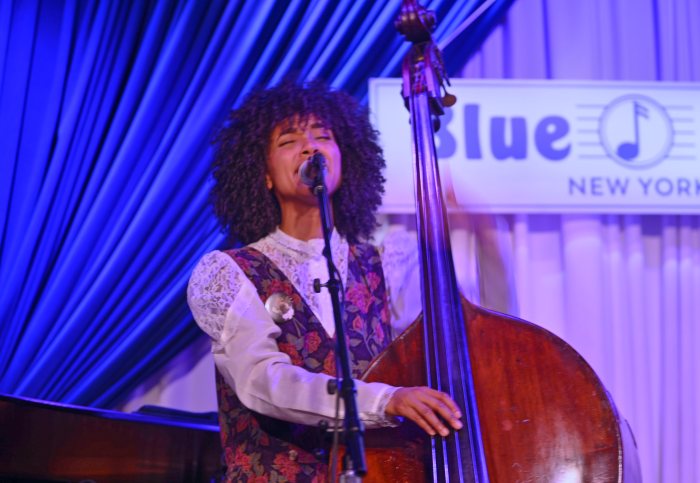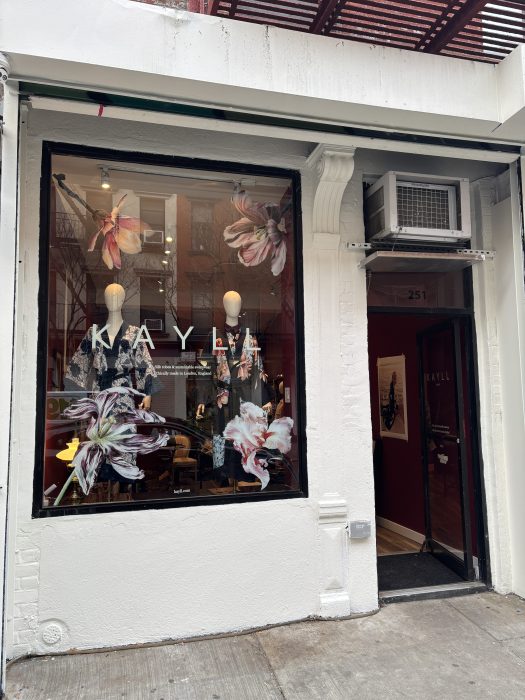‘Pretty Woman’ plays an open run at the Nederlander Theatre. 208 W. 41st St., prettywomanthemusical.com.
The new Broadway musical adaptation of the 1990 rom-com “Pretty Woman” brings to mind what the late composer Mary Rodgers described as a “why musical” — an unnecessary musical adaptation of a well-known underlying work. As her pal Stephen Sondheim once articulated the concept, “why musicals” are “perfectly OK, but why write them? They’re not necessary. They don’t improve on the original. They’re at best painting the lily and at worst they are nowhere near as good as their original source.”
To its credit, “Pretty Woman” is adequately and competently handled — and it is far better than the other two new Broadway musicals to open this summer: the bewildering Go-Go’s jukebox musical “Head Over Heels” and the embarrassingly amateurish “Gettin’ the Band Back Together.”
It contains direction and choreography by Jerry Mitchell (“Kinky Boots”), a book by the late Garry Marshall (who directed the film) and J.F. Lawton (who wrote the screenplay), an original pop-rock score by Canadian singer-songwriter Bryan Adams (“Summer of ’69”) and Jim Vallance. The lead performances are by Samantha Barks (Eponine in the “Les Miz” film) as Vivian, Andy Karl (“Groundhog Day”) as Edward and Orfeh (“Legally Blonde”) as Kit.
The book dutifully follows the original screenplay and recreates its most famous sequences (shopping on Rodeo Drive, stepping out at the polo grounds), which further reinforces the impression that the musical is merely paying homage to the film. The most significant change involves the scene where Edward’s smarmy lawyer (Jason Danieley) tries to attack Vivian. Awkwardly, the first act ends with Vivian’s gleeful shopping spree, without any suspense.
The score alternates upbeat ensemble numbers (including the expository opening “Welcome to Hollywood”) with solos that allow the characters to react to twists and turns and open up emotionally. For instance, Vivian has solos where she explains her desire to find a new way of life (“Anywhere But Here”) and her inability to return to prostitution after meeting Edward (“I Can’t Go Back”). They resemble the work of someone who was tasked with unobtrusively filling in songs around an established story outline.
Roy Orbison and Bill Dees’ “Oh, Pretty Woman” is excluded — perhaps because it would have easily dominated the underwhelming new songs. For the opera scene, bits of “La Traviata” are sung live to a pop beat.
Mitchell looks for any opportunity to add movement, awkwardly inserting Latin ballroom and hot jazz dance breaks. The production has limited scenic design (by David Rockwell), which allows for swift scene transitions. Gregg Barnes has a field day with the costumes, which have 1980s flair and also include a recreation of the iconic high heel leather boots and red gown.
It is surprising that it took so long for Barks to come to Broadway. While she is a gorgeous performer with a strong voice and bright presence, she is essentially just recreating Julia Roberts’ original performance and thus leaves little impression of her own.
Karl has to play a stiff character without seeming stiff himself — which is a challenge he has yet to conquer. He gives off the impression of blankly walking through the show. On the other hand, Orfeh (who is married to Karl in real life) steals the stage with a party girl spirit and tough edge. In a cute touch, Eric Anderson plays both a street hustler selling Maps to the Stars and the dutiful hotel manager.
Even though it premiered nearly 30 years ago, “Pretty Woman” is a modern classic that remains culturally ubiquitous, with its most famous images ingrained in our minds. The movie is readily available to stream for just a few bucks, or, you can pay $100+to see “Pretty Woman” on Broadway. But as Mary Rodgers would ask, why?





































